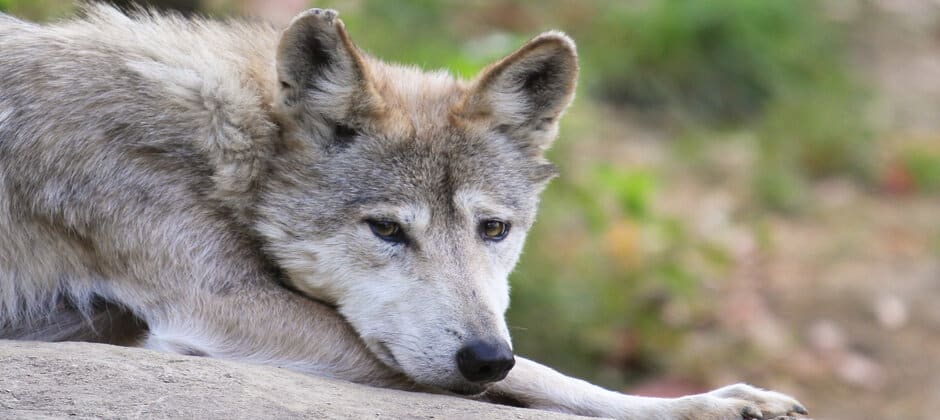Share this article
USFWS proposes changes to Mexican gray wolf management
The U.S. Fish and Wildlife Service is revising its Mexican gray wolf management to remove the current population cap and set a new genetic objective for the population, as well as temporarily limiting take.
The agency recently released a proposed rule and a draft supplemental Environmental Impact Statement outlining the changes.
In 1998, the USFWS first established a nonessential experimental population, or a population that is not essential for the continued existence of the species, of Mexican gray wolves (Canis lupus baileyi) in Arizona and New Mexico. After completing its 2014 Environmental Impact Statement under the National Environmental Policy Act, the agency published a final rule in 2015 revising the wolves’ nonessential experimental designation and management of the population.
In response to a 2018 court order, the current proposal revises the USFWS’s 2015 rule regarding the existing nonessential experimental population designation of the Mexican gray wolf under section 10(j) of the Endangered Species Act. The federal court decided that the original rule failed to further the population’s long-term conservation and recovery. The court ordered the USFWS to reconsider its management plan for the subspecies, leading to this new proposal.
The original decision established a population objective of 300 to 325 wolves—if the wolf population exceeded that number, individuals would be translocated. The rule also expanded the population’s designated range and areas where wolf releases could be made to supplement the experimental population. It also adopted a new management approach to minimize or avoid impacts to wild ungulate populations in western Arizona, and authorized removal and take of the animals under three conditions—when they established territories outside of the designated experimental area; threatened livestock or non-feral dogs; or as part of a state wildlife agency’s wild ungulate management efforts.
The new proposal would remove the population size limit for the Mexican gray wolves. It would also establish a genetic diversity objective, which calls for at least 22 released wolves surviving to breeding age by 2030, to alleviate genetic threats to the wolf’s population. The new rule would also temporarily restrict the three forms of take authorized by the 2015 rule, until genetic diversity goals are met.
Comments will be accepted on the proposal through Jan., 27. The USFWS will also hold a series of virtual public hearings and information sessions regarding the proposed changes and draft supplemental Environmental Impact Statement on Nov. 18, Dec. 8 and Jan. 11.
Read TWS’ Standing Position on Threatened and Endangered Species in the U.S. and Position Statement on the U.S. Endangered Species Act
Header Image:
The U.S. Fish and Wildlife Service will revise its management goals for the Mexican gray wolf.
Credit: Mark Dumont








